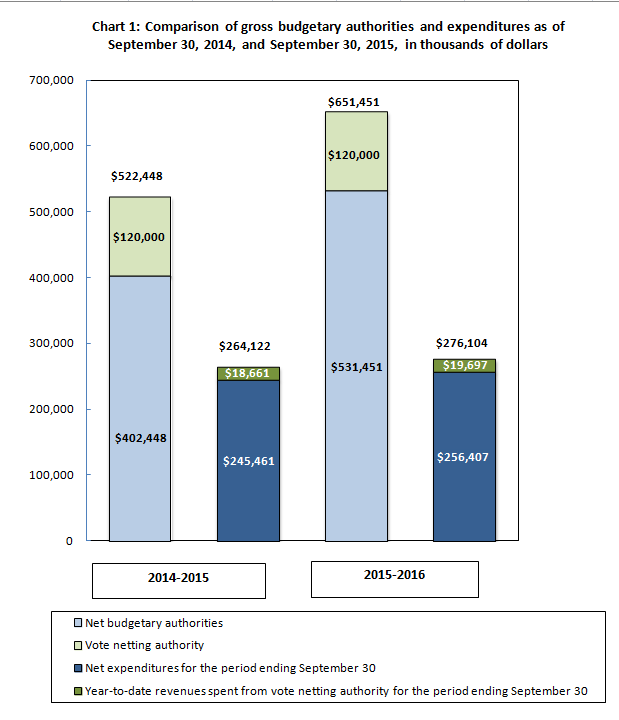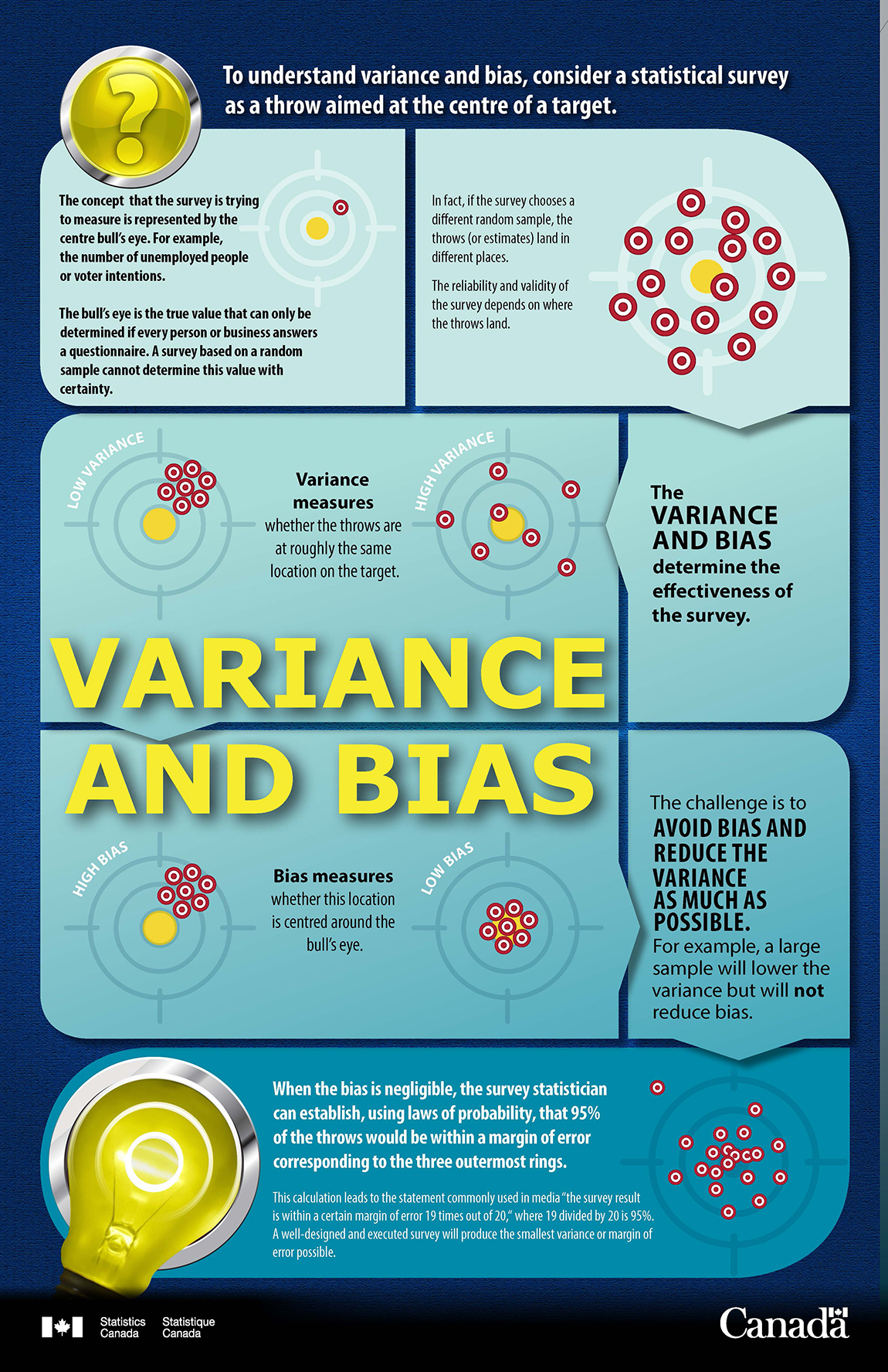Air conditioning
A process usually aimed at maintaining predetermined air temperature and relative humidity for occupant comfort.
Annual maintenance
Activities required which keep the building functioning as intended. This would include annual maintenance of the ice surface or ice surfacing equipment. This would not include time for flooding with ice resurfacing machines after typical use.
Arena
A level area which may be surrounded by seats for spectators, in which sports, entertainment, and other public events are held. The primary purpose of the rink is for hockey or skating. A building may contain one or more hockey or skating rinks.
Boiler
A type of space heating equipment consisting of a vessel or tank where heat produced from the combustion of such fuels as natural gas, fuel oil, or coal is used to generate hot water or steam.
British Thermal Units
A unit of energy consumed by or delivered to a building. A British Thermal Unit is defined as the amount of energy required to increase the temperature of 1 pound of water by 1 degree Fahrenheit, at normal atmospheric pressure.
Calendar year
A calendar year is a period of 12 consecutive months from January 1 to December 31.
Cogeneration
A process in which electricity and thermal energy are generated simultaneously (e.g. steam) from the same fuel source. Types of cogeneration units or systems include condensing steam turbines and CHP (Combined Heat and Power) systems.
Computer
The definition of a computer includes personal computers and laptops but excludes cash registers and battery-operated hand-held devices, as well as servers in a dedicated server room.
Consumption
The amount of energy used in a building or by an organization during a given period of time. This does not include fuel or energy used for transportation.
Curling rink
A curling rink is classified as a facility that only contains ice sheets expressly for the purpose of the game of curling.
Diesel
All grades of distillate fuel used for diesel engines.
Domestic water
Water used in the building for purposes such as drinking, food preparation, sanitation and personal hygiene, or to fill a pool.
Energy Management and Control System (EMCS) or Building Automation System (BAS)
A system which monitors changes in ambient temperature and operating conditions, and automatically modifies the heating or cooling levels in different interior zones. This is accomplished by means of remote sensing, control instruments and interpretive control software.
Energy performance contract
A contract which guarantees that renovations or modifications to a building will deliver a certain amount of water or energy savings over a specified period of time. The costs of renewal projects are offset by the savings that are achieved as a result of these modifications.
Energy source
A type of energy or fuel consumed in a building. Examples of energy sources are propane, electricity, natural gas, fuel oil, diesel, district hot water, district steam heating and district chilled water.
ENERGY STAR Portfolio Manager
An interactive energy management tool used by the U.S. Environmental Protection Agency and Natural Resources Canada for tracking and assessing the energy and water consumption of buildings. Portfolio Manager has the ability to generate weather normalized and non-weather normalized energy use intensity values, greenhouse gas emission metrics, as well as energy performance scores for eligible building types.
Energy unit of measure
The unit in which energy is measured (e.g., kilowatt-hour (kWh), gigajoule (GJ), megawatt hour (MWh), cubic metre (m3), litre (L), cubic feet (ft3), etc).
Furnace
A type of space-heating equipment used to heat air directly without steam or hot water.
Gigajoule
A unit of measure corresponding to one billion joules. A joule is the international unit for measuring energy and is the main unit used when comparing different sources of energy used in buildings. One Gigajoule is equivalent to approximately 278 kilowatt hours.
Heating fuel oil
A liquid petroleum product used in buildings primarily as a heating fuel. It is also referred to as light fuel oil.
Hockey or skating rink
An area in an arena or facility, with an ice sheet which is used for skating or hockey.
Ice making equipment
Equipment used to manufacture an ice surface in an arena.
Ice is present
The months during the year when an arena or facility maintains an ice surface for use by patrons.
Ice is not present
The months during the year when an arena or facility activity does not have ice on the rink. The rink surface may still be available for uses that do not require an ice surface such as for trade shows or ball hockey.
Ice resurfacing machine
A machine that repairs and resurfaces a sheet of ice so it is ready for use by patrons.
Ice temperature
The temperature at which the ice surface is maintained.
In operation
The period of time in which the ice surface is being maintained and ready for use by patrons.
In use
The period of time in which patrons are on the ice surface.
Kilowatt hour
The commercial unit of electricity energy equivalent to 1000 watt hours. A kilowatt hour can best be visualized as the amount of electricity consumed by ten 100 watt bulbs burning for one hour.
On site electricity generation
The production of electricity using a generator, solar panels, fuel cells, wind turbines, etc.
Parking
Buildings and lots used for parking vehicles. This includes open parking lots, partially enclosed parking structures, and completely enclosed (or underground) parking structures. Parking structures may be free standing or physically connected to the property.
- Open Parking Lot is an area that is used for parking vehicles. Open Parking Lot refers specifically to an open area, which may include small shading covers but does not include any full structures with roofs. Parking lot size should include the area of parking spots, lanes, and driveways.
- Partially Enclosed Parking is a parking structure that is not fully enclosed. This includes parking garages where each level is covered at the top, but the sides are partially or fully open – that is, structures that have partial walls or no walls at all.
- Completely Enclosed Parking is a parking structure that is completely enclosed on all four sides and has a roof. This includes an underground parking structure or a fully enclosed structure on the first few stories of a building.
Primary Heating Source
The primary heating source is the source used to heat the largest proportion of floor area in this facility.
Propane
A normally gaseous fuel often used for ice resurfacing machines, cooking or space heating.
Purchased electricity
Purchased electric energy supplied to a building by a utility provider via power lines. Electric power generated within a building for exclusive use in that building is specifically excluded (see "On site electricity generation).
Recommissioning project
A systematic process of optimizing the performance of building systems as well as ensuring their continued performance.
Renovations or retrofits
The process of upgrading a building's energy efficiency. Retrofitting may involve upgrading light fixtures, HVAC systems, or replacing windows and doors, or adding insulation.
Server
A computer system that provides essential services over a computer network. This excludes personal computers and laptops.
Space cooling
The conditioning of air for occupant comfort by mechanical means.
Spectator seating capacity
This includes benches and seats available on a permanent basis for spectator seating but excludes player benches.
Total gross floor area
Total floor area which includes all enclosed areas of the building, such as indoor parking (including partially exposed parking), mechanical rooms, common areas, dressing rooms, concessions stands, offices, seating areas, and ice surfaces. This includes floor space in any arenas, plus all space in other areas of the facility such as balconies or mezzanines.
Total full-time staff
Include all staff paid directly by the facility in all areas of the arena or facility. Full-time employees work 30 or more hours per week.
Total part-time staff
Please include all staff paid directly by the facility in all areas of the arena or facility. Part-time employees work less than 30 hours per week.
Typical week
A typical week would represent the normal level of activity when the arena or facility is in operation.
Upgrades
Improvements to the building or facility that are intended to improve energy efficiency.
Utility bill
A bill or statement of charges from a utility supplier for the consumption and delivery of energy sources or water.
Year of construction
The year in which the major portion of the building or facility was built. If two or more portions of the buildings or facility of equal size were constructed at different times, then report the oldest.
Year of rink construction
The year in which the rink was built.

